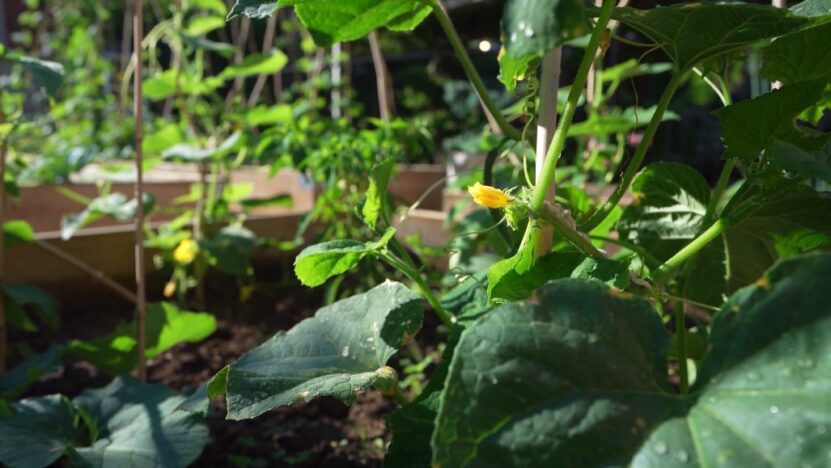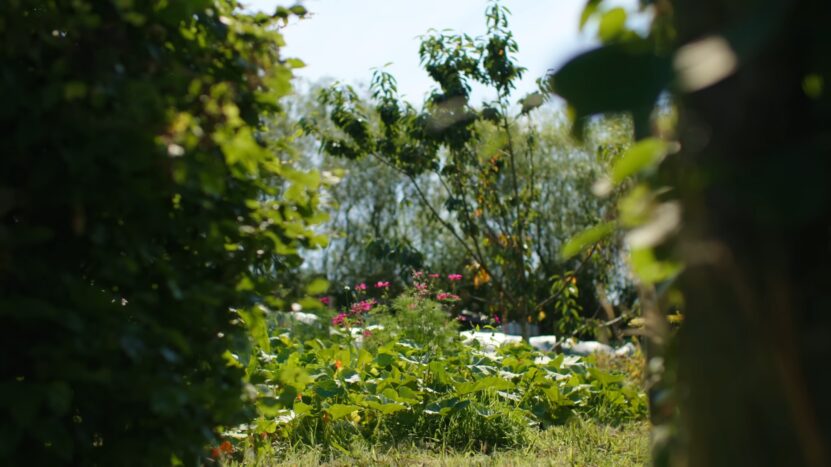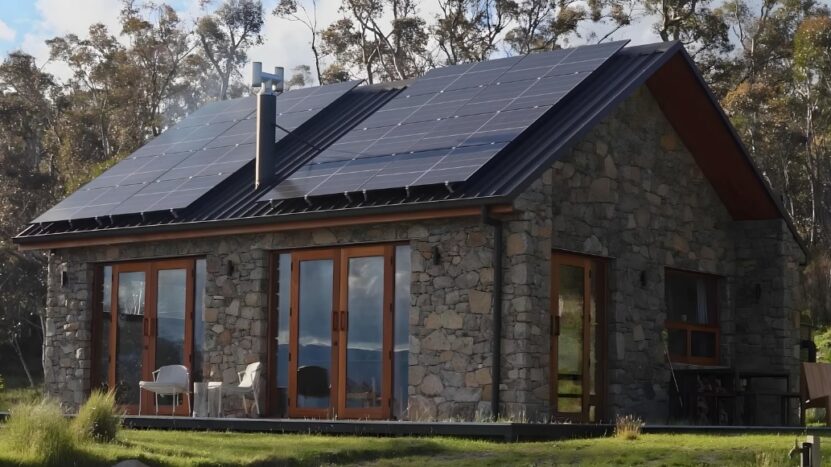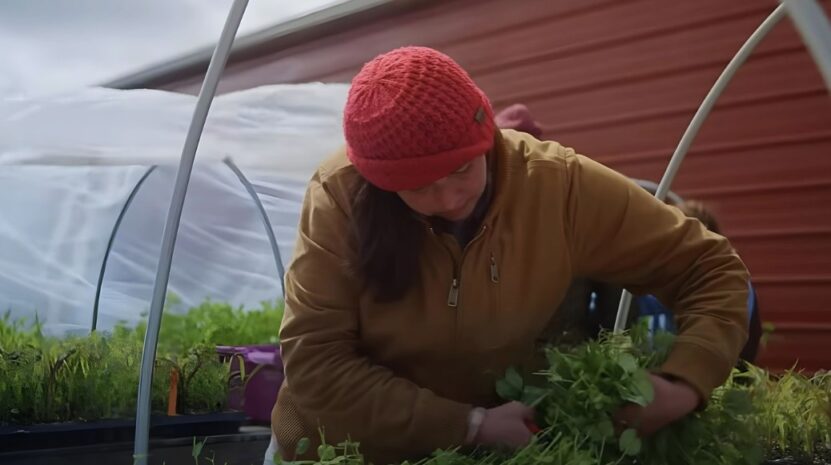So, you’re interested in starting a community garden? That’s fantastic! Community gardens are wonderful spaces where people come together to grow food, share knowledge, and strengthen their neighborhoods.
Community gardens can grow pretty much anything to benefit a community, including fruits, vegetables, or flowers. Most of these gardens focus on growing food, and they’re managed by local community members who partake in the crops they help cultivate.
Let’s go through the essential steps to make your community garden dream a reality.
Benefits of Community Gardens
Before we get into the nuts and bolts, let’s talk about why community gardens are so great:
- Access to fresh fruits and vegetables: Households with a family member involved in a community garden consume 1.4 more servings of fruits and vegetables per day.
- Bringing beauty and food to the local area: Community gardens not only provide food but also enhance the visual appeal of the neighborhood.
- Community gathering points: They serve as hubs where neighbors can connect and collaborate.
- Support for under-served populations: These gardens can be a vital source of fresh food for those in need.
- Educational opportunities: They teach youth about horticulture and where their food comes from.
Steps to Starting a Community Garden
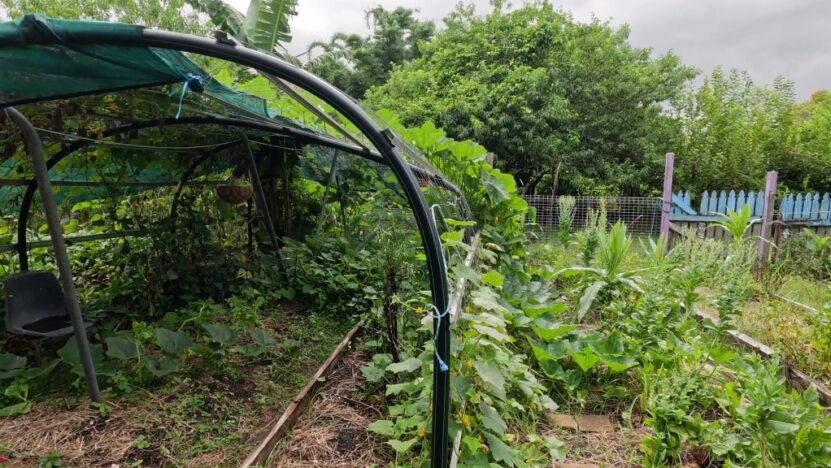
Find Available Land
First things first, let’s find ourselves a sweet spot of land. We want something that ticks all the right boxes. Look out for a piece of land that’s not too far from the water and has some decent soil. But hey, if the soil isn’t exactly top-notch, no worries.
We can get creative and use garden beds and containers instead. Vacant lots can be a dream come true, but before you get all excited, make sure you’ve got the owner’s permission locked down. You don’t want any unexpected surprises.
And hey, if it means renting the space, so be it. Oh, and a little heads up—don’t forget to check the local zoning laws. We want to make sure gardening is totally cool and legal in that neck of the woods. Better safe than sorry.
Engage Your Community
A community garden is all about people coming together and getting involved. We gotta gather up a bunch of eager volunteers who are pumped to lend a hand in the garden. To really get things going, try crowdsourcing to raise some funds and spark some interest.
Here’s a smart move: make sure to outline everyone’s roles and responsibilities real clear right from the start so you don’t end up with any mix-ups down the road. To make sure you’re all on the same wavelength, put together a nifty Rules and Agreements document. That way, everyone knows what’s expected and what they’re responsible for.
Find Resources to Support Your Community Garden
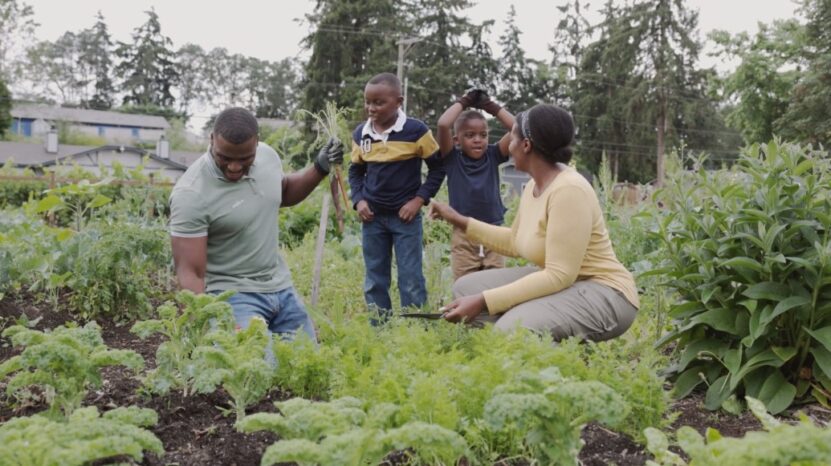
Starting a community garden isn’t exactly pocket change. You’re looking at a ballpark figure of around $3,750 to $7,500. That covers stuff like liability insurance and rental costs.
If you’re thinking of going for it, you might wanna consider planning some fundraising activities, applying for community garden grants, or even reaching out to corporate sponsors.
Oh, and don’t forget, the size of your garden depends on how many plots you want, usually ranging between 100 to 500 square feet.
Decide What to Plant in a Community Garden Plot
When it comes to planting, you have to consider your local climate, how much sun you get, and the condition of your soil. It’s important to think about what the people in your community need and pick crops that meet their dietary needs.
It’s also a smart move to go for crops that keep producing all season long. Give the members a little freedom to choose what they want to plant, but offer some guidance to make sure there are various crops and a fruitful harvest.
Prep and Build the Site
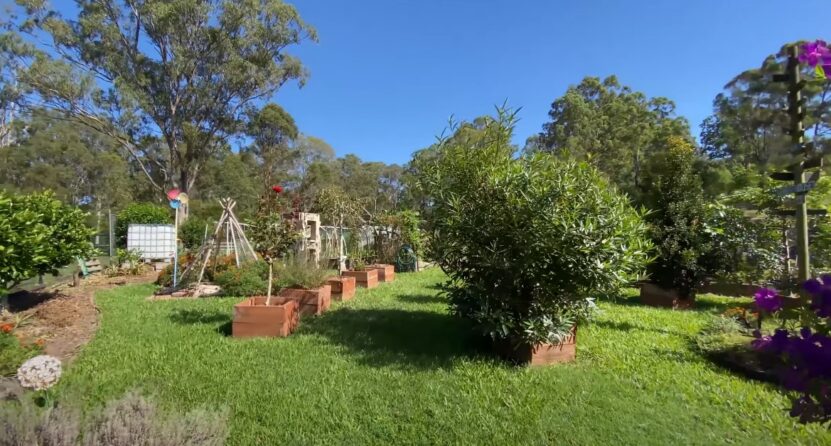
Once you’ve got your hands on the land and gathered your team, it’s time to roll up your sleeves and get that garden going. First things first, think about how you want to divide the space. You could go for individual plots or maybe create some neat little beds.
Now, let’s talk about taking care of our garden. Composting is a great way to keep things nourished and thriving, and you definitely want to protect your garden from any pesky critters or unwanted vandalism.
Here’s a little tip: kickstart your plant’s journey by starting seedlings at home. That way, they’ll have a head start and be ready to flourish when you transfer them to the garden. And don’t forget to add some benches and storage! They can really spruce up the place and make it both inviting and practical.
Determine Rules and Put Them in Writing
Every community garden needs rules to keep things running smoothly. Consider rules for watering, weeding, and organic gardening practices. Document these rules clearly and make sure all members agree to them before starting.
Maintain and Grow Your Community Garden

Once you’ve got the garden all planted, the job’s not done yet. You gotta keep the momentum going by organizing some cool community events and meals. Try to reach out to those local businesses, as they might be down to lend a hand with resources or even sponsorships.
Don’t forget about the surplus of harvests! You can spread the love by sharing them with others or donating to local food pantries. And, of course, you have to stay on top of those basic maintenance tasks like weeding, watering, and pest control. Gotta keep that garden healthy and pumping out those delicious goodies.
Further Learning in Horticulture
If you’re passionate about gardening and want to deepen your knowledge, consider further education. There are numerous books and educational programs that can provide valuable insights into plant science and community garden management. There are also universities that offer a customizable degree in horticulture.
Final Words
Starting a community garden is a rewarding way to bring people together, improve access to fresh food, and beautify your neighborhood. By following these steps—finding land, engaging your community, sourcing resources, deciding what to plant, prepping the site, setting rules, and maintaining the garden—you can create a thriving community space.


